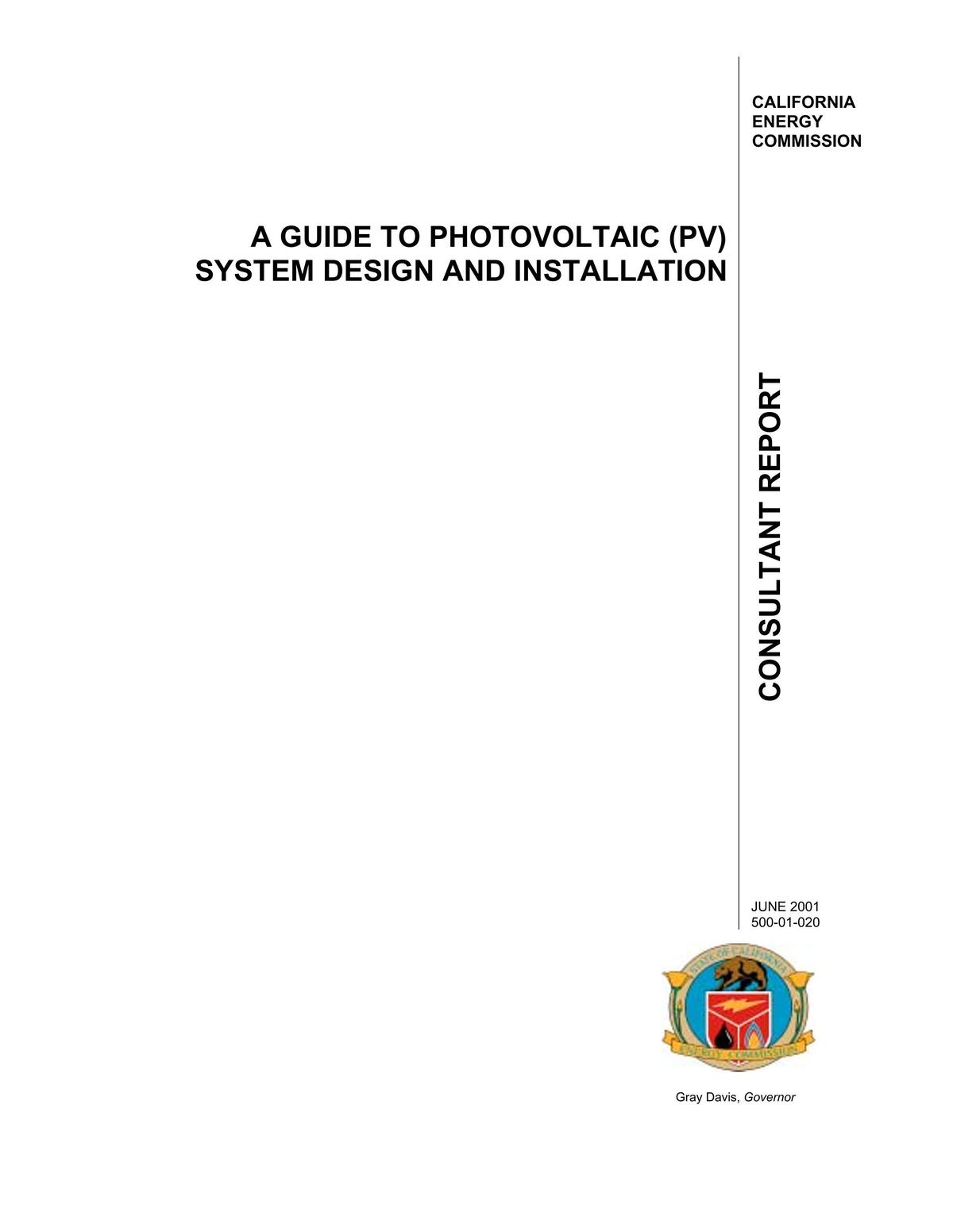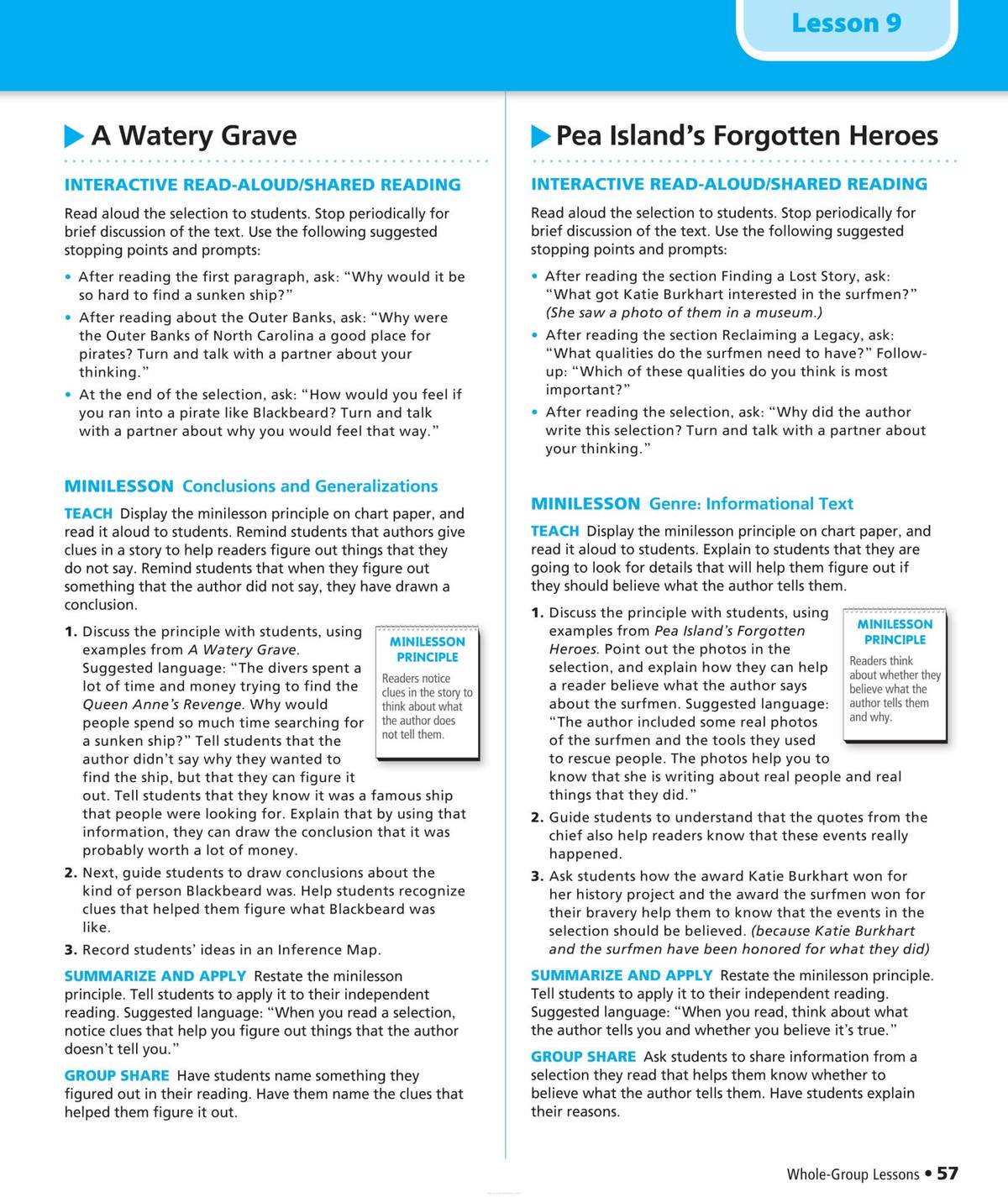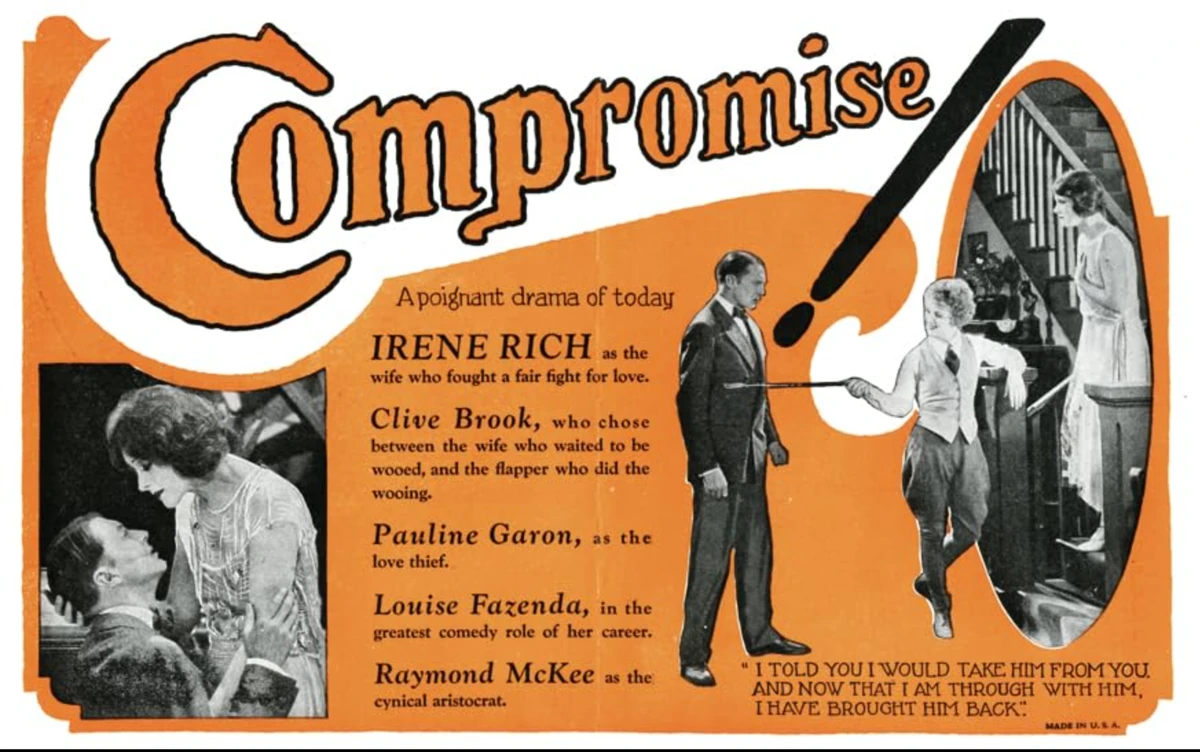


Volatility is a crucial concept in financial markets, especially for quantitative traders. It measures the degree of variation in the price of an asset over time and is a key factor in assessing the risk of a security. Understanding volatility metrics helps traders make informed decisions about risk management, trade execution, and portfolio diversification. This guide explores the most widely used volatility metrics, explains how they can be calculated, and compares strategies for their effective use in quantitative trading.
Table of Contents
Introduction to Volatility Metrics
The Importance of Volatility in Trading
Common Volatility Metrics and Their Calculation
Historical Volatility
Implied Volatility
Realized Volatility
Volatility Index (VIX)
Methods of Analyzing Volatility
Moving Average Models
GARCH Models
Comparing Volatility Metrics: Pros and Cons
Strategies for Using Volatility in Quantitative Trading
Practical Tips for Volatility Analysis
FAQ
Conclusion
References
Introduction to Volatility Metrics
Volatility is a fundamental aspect of financial markets. It quantifies the amount of variation in asset prices over a certain period. Traders rely heavily on volatility metrics to assess risk, gauge market sentiment, and devise trading strategies. Without an accurate measure of volatility, it becomes challenging to evaluate whether the price movements of a particular asset are normal or signify something more significant.
In quantitative trading, volatility metrics can be used to fine-tune algorithms, optimize trading strategies, and build robust risk management frameworks. Different volatility measures provide different insights, and knowing when and how to use them can dramatically impact the success of a trading strategy.
The Importance of Volatility in Trading
Volatility serves as the cornerstone of many trading strategies, especially in markets driven by algorithms. Traders use volatility metrics to:
Gauge Market Risk: Volatility provides an understanding of potential price fluctuations, which helps in setting stop-loss orders, position sizes, and leverage.
Identify Market Trends: High volatility can indicate the possibility of a trend reversal, while low volatility suggests a more stable market environment.
Optimize Trade Timing: Volatility analysis allows traders to time their entries and exits more effectively, reducing the risk of entering trades during uncertain market conditions.
Understanding volatility can lead to more profitable outcomes in both long-term and short-term trading strategies.
Common Volatility Metrics and Their Calculation
Historical Volatility
Historical volatility refers to the past price fluctuations of an asset over a defined period. It is typically calculated using standard deviation, which measures the variation of returns from the mean. Traders use historical volatility to predict future price movement and adjust their strategies accordingly.
Formula:
σ=1n∑i=1n(Pi−Pˉ)2
σ=
n
1
i=1
∑
n
(P
i
−
P
ˉ
)
2
Where:
σ
σ = standard deviation (volatility)
Pi
P
i
= individual price points
Pˉ
P
ˉ
= average price over the period
n
n = number of price points
Implied Volatility
Implied volatility is a forward-looking metric derived from the market price of options. It reflects the market’s expectations of future volatility and is often used to price options. Unlike historical volatility, which measures past price movements, implied volatility focuses on what traders anticipate in the future.
Formula:
Implied volatility is not calculated directly but is derived through an options pricing model like the Black-Scholes model. Higher implied volatility typically leads to higher option premiums.
Realized Volatility
Realized volatility is similar to historical volatility, but it measures the actual price movement of an asset over a specified time period. Unlike historical volatility, which is based on a theoretical model, realized volatility is calculated using actual market data.
Volatility Index (VIX)
The Volatility Index (VIX), often referred to as the “fear index,” measures the market’s expectation of future volatility, based on S&P 500 index options. A high VIX indicates heightened uncertainty, while a low VIX suggests a more stable market environment.
The VIX is calculated by averaging the implied volatilities of a wide range of options, providing a snapshot of market sentiment.
Methods of Analyzing Volatility
Moving Average Models
One of the simplest ways to analyze volatility is by using moving averages. A moving average smooths out price data to help identify trends and volatility over a specific time period. In trading, this can be particularly useful for understanding price fluctuations and making predictions about future movements.
Pros:
Simple and easy to implement.
Suitable for short-term volatility analysis.
Cons:
Can be too simplistic for complex market dynamics.
Doesn’t account for sudden spikes in volatility.
GARCH Models
The Generalized Autoregressive Conditional Heteroskedasticity (GARCH) model is one of the most widely used tools for modeling volatility in financial markets. It takes into account the fact that volatility is not constant but can change over time, with recent volatility affecting future volatility.
Pros:
More accurate in forecasting volatility in comparison to simple models.
Captures volatility clustering (periods of high or low volatility).
Cons:
Requires more advanced statistical knowledge.
Computationally intensive.
Comparing Volatility Metrics: Pros and Cons
Metric Pros Cons
Historical Volatility Easy to calculate, based on actual data. Doesn’t predict future volatility.
Implied Volatility Provides market expectations, useful for options pricing. Can be affected by market sentiment or speculation.
Realized Volatility Reflects actual market behavior. Historical in nature, doesn’t predict future changes.
VIX Widely used in the industry, indicates market sentiment. Can be volatile itself, influenced by options market.
Strategies for Using Volatility in Quantitative Trading
Volatility Breakout Strategy
The volatility breakout strategy uses sudden increases in volatility to trigger buy or sell signals. When an asset’s price breaks out of a defined range and exhibits high volatility, it often indicates a new trend. Traders using this strategy would buy if the price breaks above resistance or sell if it breaks below support, anticipating a larger move.
Volatility Scaling Strategy
Another effective strategy is volatility scaling, where traders adjust their position sizes based on volatility. In high-volatility markets, traders reduce their positions to manage risk, while in low-volatility conditions, they increase their exposure.
Practical Tips for Volatility Analysis
Diversify Volatility Measures: Use a combination of metrics (historical, implied, and realized) to get a complete picture of market conditions.
Monitor VIX Trends: The VIX is a great tool for assessing overall market sentiment. A sharp increase in VIX may signal heightened uncertainty.
Use Volatility for Risk Management: Volatility metrics can help adjust stop-loss levels, set risk tolerance, and calculate optimal trade sizes.
FAQ
- How can I calculate historical volatility?
Historical volatility can be calculated using the standard deviation of asset returns over a specific time period. The formula involves subtracting the mean return from each individual return, squaring the differences, averaging them, and taking the square root.
- What is implied volatility and how is it used in trading?
Implied volatility is the market’s expectation of future volatility and is derived from options pricing. It is crucial in options trading as it directly impacts option premiums. Traders use implied volatility to assess whether options are underpriced or overpriced.
- How do I incorporate volatility into my trading strategy?
Volatility can be incorporated into trading strategies through methods like volatility breakouts or volatility scaling. By adjusting position sizes or setting entry/exit points based on volatility metrics, traders can manage risk and enhance their chances of success.
Conclusion
Volatility metrics play a critical role in quantitative trading by providing insight into market conditions and helping traders make more informed decisions. From historical and implied volatility to sophisticated models like GARCH, each metric has its own strengths and limitations. By combining multiple measures and incorporating them into trading strategies, traders can better navigate volatile markets and improve their risk-adjusted returns.
References
Author/Institution: “Volatility Analysis in Financial Markets”
Published Date: 2023-05-20
Accessed Date: 2025-09-17

0 Comments
Leave a Comment